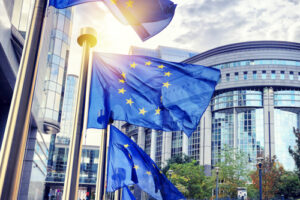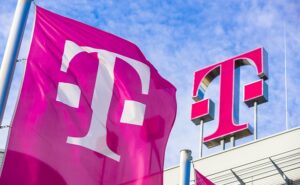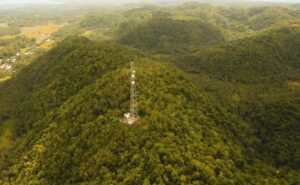Ericsson chiefs once again provided a grim assessment of the status of 5G rollouts in Europe, blaming a lack of access to mid-band spectrum for dragging the region behind advanced markets in Asia and the US.
Speaking during a virtual event, the vendor’s president and head of market area Europe and Latin America Arun Bansal (pictured) warned European nations risked repeating the errors made with slow rollout of 4G.
The delay in 4G, he claimed, negatively impacted the competitiveness of the continents’ app economy noting “very few unicorns or the big platform companies are coming out of Europe”.
“That’s the risk we see in 5G again.”
Citing familiar concerns around lack of site access to deploy infrastructure, limited access to spectrum and fragmentation in public sector investment, Ericsson head of Networks and Managed Services for the region Christian Leon added there was a “clear gap” between consumer experience in Europe and other leading markets.
Mid-band gap
Leon noted many of advanced use cases for 5G needed mid-band spectrum rather than relying on spectrum sharing with 4G in low-band frequencies, the latter of which comprised the majority of early deployments in the region.
Ericsson estimates by the end of April 2021 fewer than 10 per cent of the total population of the European Union and the UK had access to 5G running on mid-band frequencies. This compared with at least 95 per cent in South Korea, around 66 per cent in Australia and more than 50 per cent in China and the US.
A lack of access to this spectrum, Leon added, meant users in Europe were unable to “access quality new use cases” including AR and 360-degree VR applications.
Alongside limiting use cases, Bansal pointed to a range of other advantages of mid-band 5G including environmental benefits, societal improvements and industrial uses.
Subscribe to our daily newsletter Back
Source of Article



